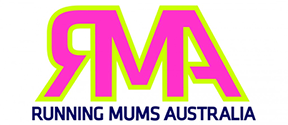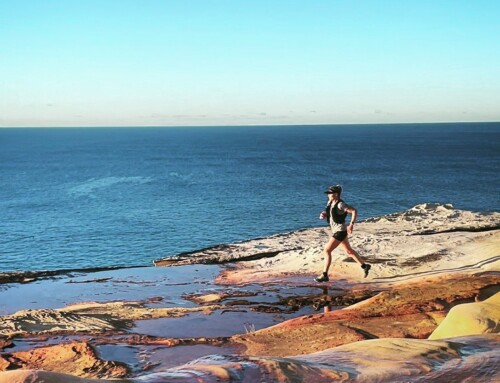You are training for a marathon, or you are almost ready to run your marathon. The most important thing on race day is that you have a successful and fun race. Today we are going to discuss the five most common mistakes that people make that mean that you may not have the race that you hoped for. Hopefully you will take this advice on board in your training or on race day, and you will have a happy successful race experience.
Mistake number 1: Going out too hard
We have all been here. It is probably the number one mistake that people make when running the marathon. It is exciting standing on the start line, the adrenaline is pumping and BANG goes the starters gun. You go out like a bull at a gate and before you know it you have run a few kilometres waaaaaaaay too fast. You think it will be okay, but because you are running so much faster you are using up more of your energy stores and building up more lactic in your legs. Come the last 10k of the race you may pay for that big time when you hit that wall earlier than expected, when really you should try not to hit it at all. The best way to start off any race is nice and evenly, albeit even a little slower than you want so that you can leave a little room for picking up the pace in the second half of the race. Take some time to look around at your surroundings, get into a rhythm and even have a chat to someone next to you so that you don’t go out too hard. You should feel good at this stage of the race, if your heart rate is too hight, and so is your breathing….slow down.
Mistake number 2: not taking on enough fluids/electrolytes
This mistake can be very costly and leave you very unwell. This is a very dangerous mistake to make, and it can go either way. If it is rather warm on race day you may have to adjust the amount of fluids that you consume. I would always make sure in a marathon that you are taking on electrolytes which are lost in your sweat during marathon running. Take some time to get used to the electrolytes in training that they will use on race day. This will save you having to carry your own. Make sure that you are taking frequent liquid on board at most aid stations, just little sips, but adjust to the conditions. The hotter the weather the more you will need. Over-hydrate and it could lead to a dangerous conditions which is life threatening, so take note of how you are feeling and drink to thirst. Making sure you are hydrated leading into a race is probably the most important thing you can do so that you are not having to make that up aswell on race day during your event when you are working hard.
Mistake number 3: Wearing too much clothing, or the wrong clothing/shoes
This is a no brainer. There is nothing worse than shoe or clothing inflicted harm. If the weather is warm, less clothing is best, if it is cold, add layers that you can peel off if you start to get too hot. Number one rule: don’t wear anything new on race day. Yes, the race singlet looks amazing at the expo, but don’t make it your attire for race day. Chances are you will come to regret it. Make sure that you body glide your body before the event, especially under any bra straps or places that you know are going to have extra friction. Do NOT run in new shoes on race day. Run in everything that you have trained in. This is the best way to ensure that you don’t have blisters and chaffing in places that you don’t want them, and you have a comfortable race experience.
Mistake number 4: Not knowing the course
It is important that you study the course before race day. Why? Because you want to know where to fuel up and where the aid stations may be. You also want to know where the ammenities are incase you need to use them. It isn’t as hard to work out fuelling on a flat course, however if you are running a hilly or mountainous marathon, you want to be prepared to take your fuel at the most beneficial times; i.e. before the big climbs are coming etc, so that you have ample time for your body to process your fuel into energy to complete those sections. Study the elevation, the map and the intricacies of the race to ensure that you have a great race experience.
Mistake number 5: not logging the miles in preparation
Sometimes illness or injury can leave us in this situation and we need to adjust the race plan accordingly, however if all is going to plan make sure that you log the distance/time on feet required for a marathon in training. This ensures that your body will be ready for the onslaught of all those kilometres on race day. You will get to 36km feeling amazing and not like you have hit deaths door. The more time we have to prepare our legs for the demands of the marathon the better prepared we will be for the race itself. I recommend to do at least three runs that are over the 30km distance before any marathon during your training block. Your body will thank you on race day and you will have less chance of injury during or after the event.
So there you have it. Keep these things in mind to ensure a happy, successful marathon race experience. Happy running!







Leave A Comment